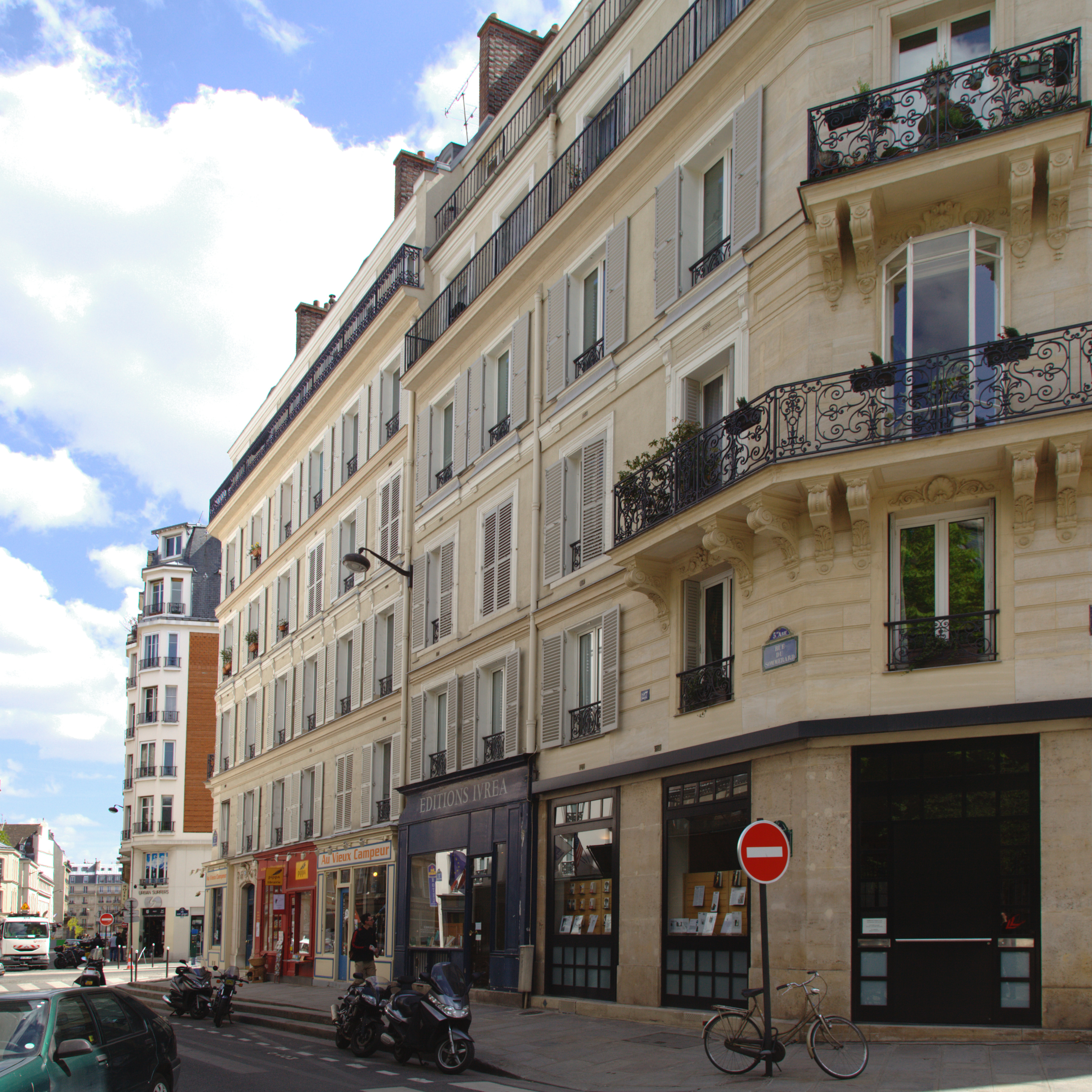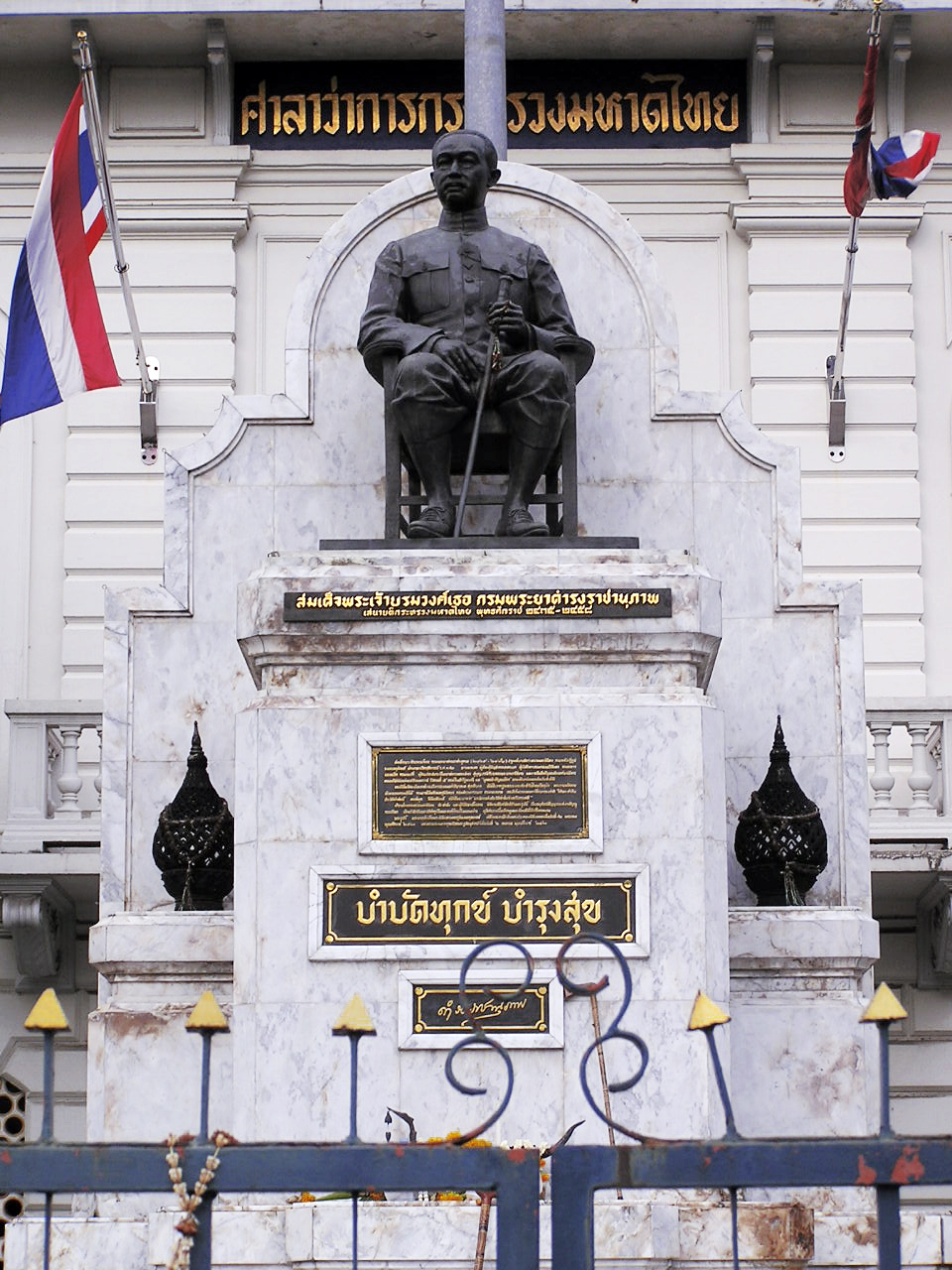|
Prince Boworadet
Prince Boworadej ( th, พระวรวงศ์เธอ พระองค์เจ้าบวรเดช; ; 3 April 1877 – 16 November 1953) was a Thai attempted-coup leader in 1933, so call ''Boworadet rebellion'', government official, army, and Chakri dynasty, royalty. After a defeat in the rebellion, he sought asylum in Cambodia, where he lived until 1948. He returned home to Thailand, and dying in 1953. Early life Mom Chao Boworadej Kridakorn born on 3 April 1877 in Bangkok. Boworadej was one of the grandsons of King Mongkut, a son of Prince Naret. Boworadej received his military education at the Harrow School in 1898, and the Royal Military Academy, Woolwich, Royal Military Academy Woolwich in 1900. Boworadej moved back to Siam in 1900 to serve in Royal Thai Army's Command and General Staff Department. Government official career Boworadej was a career soldier who had served as an ambassador in Paris towards the end of King Chulalongkorn's reign from 1912 to 1915. He ... [...More Info...] [...Related Items...] OR: [Wikipedia] [Google] [Baidu] |
Royal Military Academy, Woolwich
The Royal Military Academy (RMA) at Woolwich, in south-east London, was a British Army military academy for the training of commissioned officers of the Royal Artillery and Royal Engineers. It later also trained officers of the Royal Corps of Signals and other technical corps. RMA Woolwich was commonly known as "The Shop" because its first building was a converted workshop of the Woolwich Arsenal. History Origins in the Royal Arsenal An attempt had been made by the Board of Ordnance in 1720 to set up an academy within its Arsenal (then known as the Warren) to provide training and education for prospective officers of its new Regiment of Artillery and Corps of Engineers (both of which had been established there in 1716). A new building was being constructed in readiness for the Academy and funds had been secured, seemingly, through investment in the South Sea Company; but the latter's collapse led to plans for the Academy being placed on hold. After this false start, the acade ... [...More Info...] [...Related Items...] OR: [Wikipedia] [Google] [Baidu] |
Hua Hin
Hua Hin ( th, หัวหิน, ) is one of eight districts (''amphoe'') of Prachuap Khiri Khan province in the northern part of the Malay Peninsula in Thailand. Its seat of government, also named Hua Hin, is a beach resort town. The district's population was estimated at 65,983 in December 2019 by the Bureau of Registration Administration in an area of . By road, it is south-southwest of Bangkok. Hua Hin district is in the middle of what the Thai government is promoting as the "Thai Riviera", the stretch of coastline between Phetchaburi in the north and Chumphon in the south. History In 1834, before the name Hua Hin was coined, some agricultural areas of Phetchaburi province were hit by severe drought. A group of farmers moved south until they found a small village that had bright white sand and a row of rocks along the beach. They settled there and gave it the name ''Samore Riang'' (''Samo Riang''), which means 'rows of rocks'. In 1921 the director of the state railway, ... [...More Info...] [...Related Items...] OR: [Wikipedia] [Google] [Baidu] |
Phibun
Field Marshal Plaek Phibunsongkhram ( th, แปลก พิบูลสงคราม ; alternatively transcribed as ''Pibulsongkram'' or ''Pibulsonggram''; 14 July 1897 – 11 June 1964), locally known as Marshal P. ( th, จอมพล ป.;), contemporarily known as Phibun (''Pibul'') in the West, was a Thai military officer and politician who served as the Prime Minister of Thailand from 1938 to 1944 and 1948 to 1957. Phibunsongkhram was a member of the Royal Siamese Army wing of Khana Ratsadon, the first political party in Thailand, and a leader of the Siamese revolution of 1932, transforming Thailand from an absolute monarchy to a constitutional monarchy. Phibun became the third Prime Minister of Thailand in 1938 as Commander of the Royal Siamese Army, established a ''de facto'' military dictatorship inspired by the Italian fascist Benito Mussolini, promoted Thai nationalism and sinophobia, and allied Thailand with Imperial Japan in World War II. Phibun launched ... [...More Info...] [...Related Items...] OR: [Wikipedia] [Google] [Baidu] |
1933 Siamese Coup D'état
Events January * January 11 – Sir Charles Kingsford Smith makes the first commercial flight between Australia and New Zealand. * January 17 – The United States Congress votes in favour of Philippines independence, against the wishes of U.S. President Herbert Hoover. * January 28 – "Pakistan Declaration": Choudhry Rahmat Ali publishes (in Cambridge, UK) a pamphlet entitled ''Now or Never; Are We to Live or Perish Forever?'', in which he calls for the creation of a Muslim state in northwest India that he calls "Pakistan, Pakstan"; this influences the Pakistan Movement. * January 30 ** National Socialist German Workers Party leader Adolf Hitler is appointed Chancellor of Germany (German Reich), Chancellor of Germany by President of Germany Paul von Hindenburg. ** Édouard Daladier forms a government in France in succession to Joseph Paul-Boncour. He is succeeded on October 26 by Albert Sarraut and on November 26 by Camille Chautemps. February * February 1 – A ... [...More Info...] [...Related Items...] OR: [Wikipedia] [Google] [Baidu] |
Phraya Manopakorn Nititada
Phraya Manopakorn Nitithada ( th, พระยามโนปกรณ์นิติธาดา; ; born Kon Hutasingha ( th, ก้อน หุตะสิงห์; ); 15 July 1884 – 1 October 1948) was the first Prime Minister of Siam after the Siamese Revolution of 1932 as he was selected by the leader of the People's Party – the party that instigated the revolution. However, in the following year, Manoparkorn was ousted by a coup in 1933 due to the conflicts between members of People's Party. Early life Kon Hutasingha was born on 15 July 1884 in Bangkok to Huad and Paew Hutasingha ( Thai: นายฮวด กับนางแพ้ว หุตะสิงห์), both of whom were of Chinese extraction. He received his primary education at Suankularb Wittayalai School in Bangkok. He pursued his law education at Assumption College and at the Law School of the Ministry of Justice. He then continued his studies abroad. It is claimed that he was a member at ... [...More Info...] [...Related Items...] OR: [Wikipedia] [Google] [Baidu] |
Prime Minister Of Thailand
The prime minister of Thailand ( th, นายกรัฐมนตรี, , ; literally 'chief minister of state') is the head of government of Thailand. The prime minister is also the chair of the Cabinet of Thailand. The post has existed since the Revolution of 1932, when the country became a constitutional monarchy. Prior to the coup d'état, the prime minister was nominated by a vote in the Thai House of Representatives by a simple majority, and is then appointed and sworn-in by the king of Thailand. The house's selection is usually based on the fact that either the prime minister is the leader of the largest political party in the lower house or the leader of the largest coalition of parties. In accordance with the 2017 Constitution, the Prime Minister can hold the office for no longer than eight years, consecutively or not. The post of Prime Minister is currently held by retired general Prayut Chan-o-cha, since the 2014 coup d'état. History The office of the "Presiden ... [...More Info...] [...Related Items...] OR: [Wikipedia] [Google] [Baidu] |
Khana Ratsadon
The People's Party, known in Thai as Khana Ratsadon ( th, คณะราษฎร, ), was a Siamese group of military and civil officers, and later a political party, which staged a bloodless revolution against King Prajadhipok's government and transformed the country's absolute monarchy to constitutional monarchy on 24 June 1932. Background The Promoters In 1927, the Kingdom of Siam, the Rattanakosin Kingdom (1782–1932), was under the absolutist rule of the House of Chakri, under King Prajadhipok, Rama VII. Under his reign, the nation experienced troubles stemming from an archaic government confronted with serious economic problems and threats from abroad, the British and French Empires. The country was also experiencing a dramatic social change as the urban and middle classes of Bangkok were starting to grow, slowly demanding more rights from their government, criticizing it as ineffective. These changes were mostly led by men, civilians and military, who had gradu ... [...More Info...] [...Related Items...] OR: [Wikipedia] [Google] [Baidu] |
Phraya Phahonphonphayuhasena
Phraya Phahonphonphayuhasena, (29 March 1887 – 14 February 1947) (short form: Phraya Phahon), born as Phot Phahonyothin, was a Thai military leader and politician. He became the second prime minister of Siam in 1933 after ousting his predecessor in a coup d'état. He retired in 1938 after serving five years as prime minister. Early life Phot was born in Phra Nakhon Province (present-day Bangkok) to a Teochew Thai Chinese father, Colonel Kim Phahonyothin (), and a Thai Mon mother, Chap Phahonyothin (). After attending the Chulachomklao Royal Military Academy, in 1903 he was sent by royal scholarship to study at the Prussian Military Academy (''Preußische Hauptkadettenanstalt'') in the town of Lichterfelde, near Berlin, Germany, where he was apparently a classmate of Hermann Göring and became acquainted with Hideki Tojo through sword duels. Phot was then sent to study at the Engineering College of Copenhagen in Denmark, he was however only able to complete one year a ... [...More Info...] [...Related Items...] OR: [Wikipedia] [Google] [Baidu] |
Ministry Of Interior (Thailand)
The Ministry of Interior of the Kingdom of Thailand ( Abrv: MOI; th, กระทรวงมหาดไทย, ) is a cabinet-level department in the Government of Thailand. The ministry has wide ranging responsibilities. It is responsible for local administration, internal security, citizenship, disaster management, road safety, land management, issuance of national identity cards, and public works. The ministry is responsible for appointing the 76 governors of the Provinces of Thailand. The Minister of Interior ( th, รัฐมนตรีกระทรวงมหาดไทย) is the head of the ministry. He is appointed by the King of Thailand on the recommendation of the prime minister. Since 30 August 2014, the head of the ministry has been retired General Anupong Paochinda. He is aided by two deputy ministers. The FY2019 budget of the ministry is 371,802 million baht. History The ministry in its present form was founded on 1 April 1892 by King Chulalongkorn (Rama V ... [...More Info...] [...Related Items...] OR: [Wikipedia] [Google] [Baidu] |
King Prajadhipok
Prajadhipok ( th, ประชาธิปก, RTGS: ''Prachathipok'', 8 November 1893 – 30 May 1941), also Rama VII, was the seventh monarch of Siam of the Chakri dynasty. His reign was a turbulent time for Siam due to political and social changes during the Revolution of 1932. He is to date the only Siamese monarch of the Chakri Dynasty to abdicate. Early life Somdet Chaofa Prajadhipok Sakdidej ( th, สมเด็จเจ้าฟ้าประชาธิปกศักดิเดชน์) was born on 8 November 1893 in Bangkok, Siam (now Thailand) to King Chulalongkorn and Queen Saovabha Phongsri. Prince Prajadhipok was the youngest of nine children born to the couple. Overall he was the king's second-youngest child (of a total of 77), and the 33rd and youngest of Chulalongkorn's sons. Unlikely to succeed to the throne, Prince Prajadhipok chose to pursue a military career. Like many of the king's children, he was sent abroad to study, going to Eton Colle ... [...More Info...] [...Related Items...] OR: [Wikipedia] [Google] [Baidu] |






